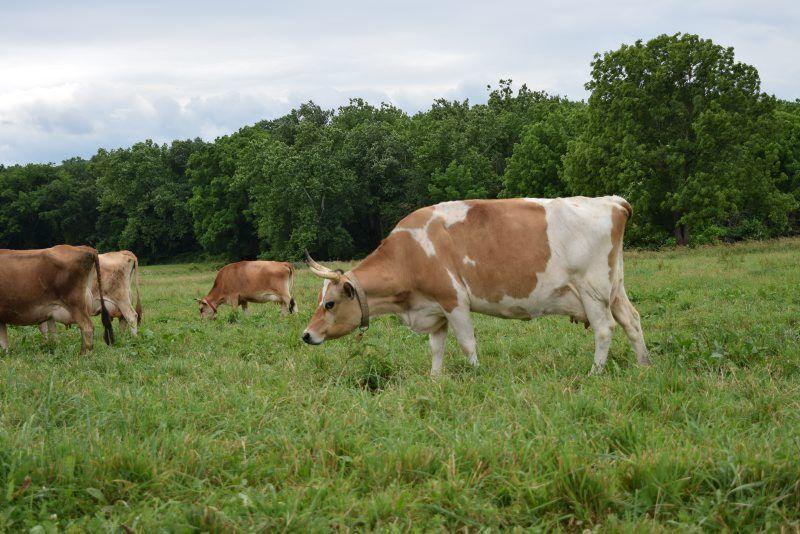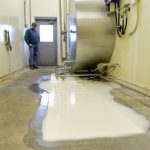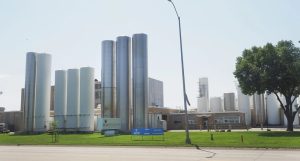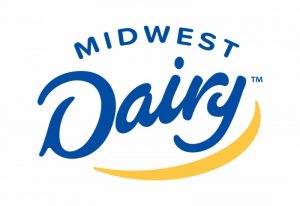
Compared to their counterparts in Pennsylvania or New York, dairy farmers in Latin America have received less government support, but they have also been spared some of the market upheaval, at least so far.
Latin America didn’t have retail supply disruptions on the scale that the U.S. saw this spring.
That might have something to do with economic and political volatility being part of everyday life, said Monica Ganley, principal at Quarterra Consulting & Advisory.
“Folks are used to dealing with disruptions more frequently and probably carry higher levels of inventory at each step of the chain,” said Ganley, a Cornell University graduate who is based in Argentina.
She spoke in a July 8 videoconference presented by the International Dairy Foods Association.
Latin America did, of course, have to adjust the dairy products it made when food service businesses went dark.
Consumption of ultra-high-temperature milk, the type of fluid milk that can sit out unrefrigerated, has increased during the pandemic. That isn’t exactly a surprise, considering the beverage was already popular in Latin America, Ganley said.
At the same time, though, cheese consumption nosedived.
As in the U.S., cheese is strongly tied to pizza, and thus to food service.
And when Latin Americans do eat cheese at home, Ganley said, it’s usually served at gatherings, and those are not recommended during the pandemic.
In Latin America, dairy pricing is much simpler than in the United States. There are no classes or pools. Prices are mainly negotiated based on supply and demand.
Risk management options are also scarce. Milk futures contracts are uncommon, and producers are loath to sign forward contracts for fear of missing out on price increases.
Latin American dairies did benefit from some national stimulus programs created in response to the pandemic, but not to the extent of U.S. farmers, Ganley said.
The pandemic slammed U.S. dairy markets in the spring, around the time milk production naturally rises.
But in the Southern Hemisphere, the risk of oversupply was muted because April is in the low ebb of the production cycle.
In recent months, Latin American dairies have been growing production thanks to favorable weather, level operating costs and strong margins.
The reprieve is about to end, though. In South America, seasonal milk output ticks upward in the second half of the year.
“I think that we are shortly going to find ourselves in a situation where we have much too much milk,” Ganley said.
























